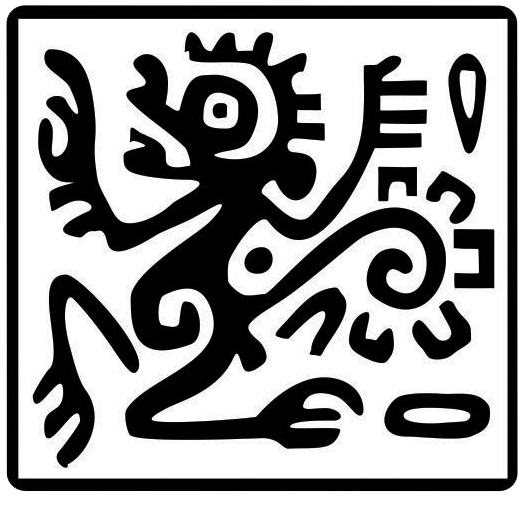Ampliación del límite noroeste de distribución de Phyllostomus hastatus y descripción de sus pulsos de ecolocalización
Abstract
Phyllostomus hastatus is the second largest bat species in the American continent. Its northern distribution limit is between Belize and Guatemala. In November 2022, we captured one individual with a harp trap in the Senahí cave, municipality of Lanquín, Alta Verapaz, Guatemala. We determined its sex, age, reproductive condition, forearm length, weight, and obtained acoustic recordings. We characterize the echolocation pulses and provide a geographic context. It was an adult female, non-reproductive, with forearm length of 92.74 mm and weight of 140 g. The echolocation pulses are of descending modulated frequency with multiple harmonics. The second harmonic presented the highest energy, without alternance, with frequencies below 50 kHz and duration between 2.3 and 4.8 ms. The capture site is at an approximately distance of 119 km from the nearest collection in the country, and we extend the north-western distribution limit of the species. The structure of the echolocation pulses coincides with the reported in literature, and for the acoustic parameters differences we explain potential variation sources. Due to the location of the capture, the previous collections, and the types of vegetation in which this species has been recorded, we expect its presence in intermediate sites between Alta Verapaz and Izabal, and the southeastern portion of Petén, in Guatemala. Finally, we emphasize the importance of research and conservation actions on the subterranean ecosystem in the country.
Copyright (c) 2023 Therya Notes

This work is licensed under a Creative Commons Attribution-NonCommercial-NoDerivatives 4.0 International License.
THERYA NOTES is based on its open access policy allowing free download of the complete contents of the magazine in digital format. It also authorizes the author to place the article in the format published by the magazine on your personal website, or in an open access repository, distribute copies of the article published in electronic or printed format that the author deems appropriate, and reuse part or whole article in own articles or future books, giving the corresponding credits. The Creative Commons CC BY-NC-SD license is used.![]()










